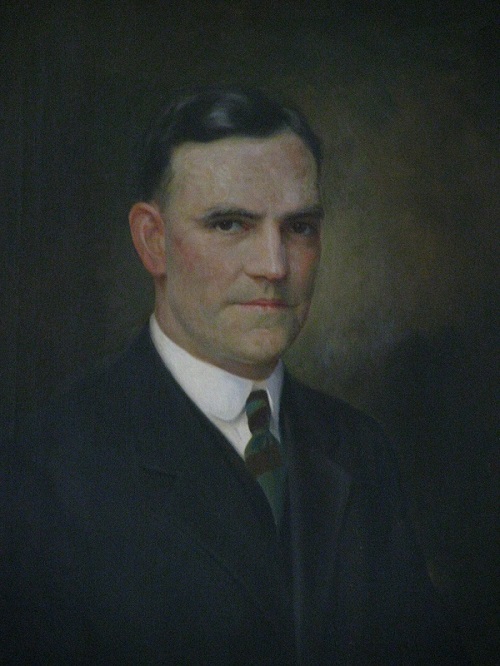 U.S. District Judge Richard Kopf of Nebraska has shut down his witty and popular Hercules and the Umpire blog, according to the National Law Journal (NLJ). Apparently Koph’s blog had became an “embarrassment” to the Court, and sometimes hinted of being a political soapbox of sorts (which federal judges are required to abstain from). Subscribers to the NLJ can read about his now-inactive blog, and also his interview with NLJ. Remember that that Judge Kopf was the sentencing judge in the Shon Hopwood case, and that he followed Hopwood’s inspiring career development on his blog. Nonetheless, Judge Koph’s blog has been called out as perhaps a blog that pushes too close to the boundaries of what is appropriate for a federal judge.
U.S. District Judge Richard Kopf of Nebraska has shut down his witty and popular Hercules and the Umpire blog, according to the National Law Journal (NLJ). Apparently Koph’s blog had became an “embarrassment” to the Court, and sometimes hinted of being a political soapbox of sorts (which federal judges are required to abstain from). Subscribers to the NLJ can read about his now-inactive blog, and also his interview with NLJ. Remember that that Judge Kopf was the sentencing judge in the Shon Hopwood case, and that he followed Hopwood’s inspiring career development on his blog. Nonetheless, Judge Koph’s blog has been called out as perhaps a blog that pushes too close to the boundaries of what is appropriate for a federal judge.
Here in Minnesota, Anoka County District Judge Pendleton has become a blogging legend in his own right, for his blog is the platform of his excellent and informative Pendleton Updates. Minnesota Lawyer put the spotlight Judge Pendleton’s blog in its August 17 issue. Also check out Wright County District Judge Stephen Halsey’s Jurors Behaving Badly blog which addresses “the very small percentage of jurors who fail to follow the judge’s instructions,” plus his Minnesota Family Law Issues blog. Also, Hennepin County District Judge Kevin Burk is the author of the American Judges Association blog.
So, you can see that some judge blogs are about providing concrete information, whereas others lean more toward reflective musings and conversation-starters. If you are bringing a case before a known blogger judge, it certainly cannot hurt to check out their blog. Do you have a favorite judge blog? Please share it with us!








